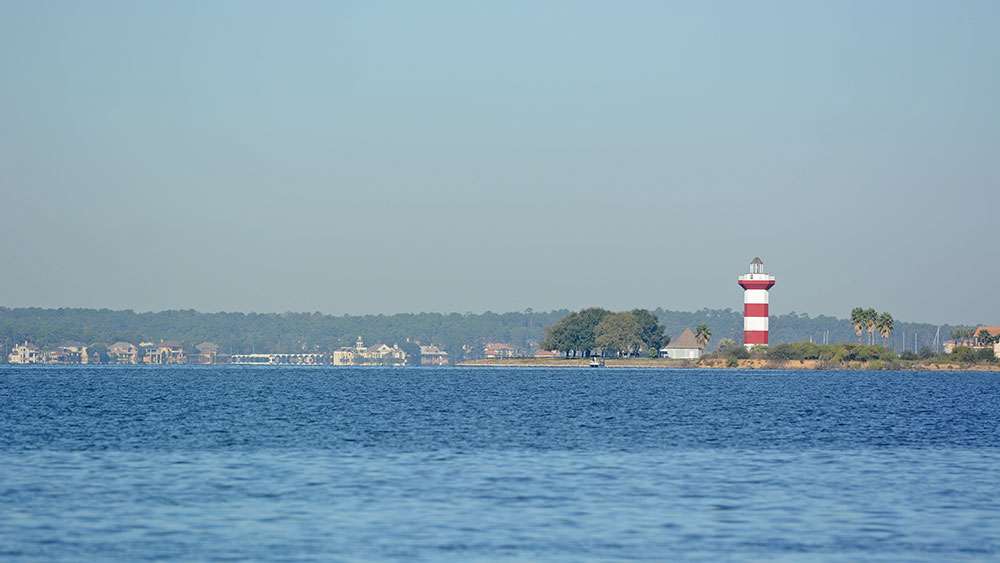
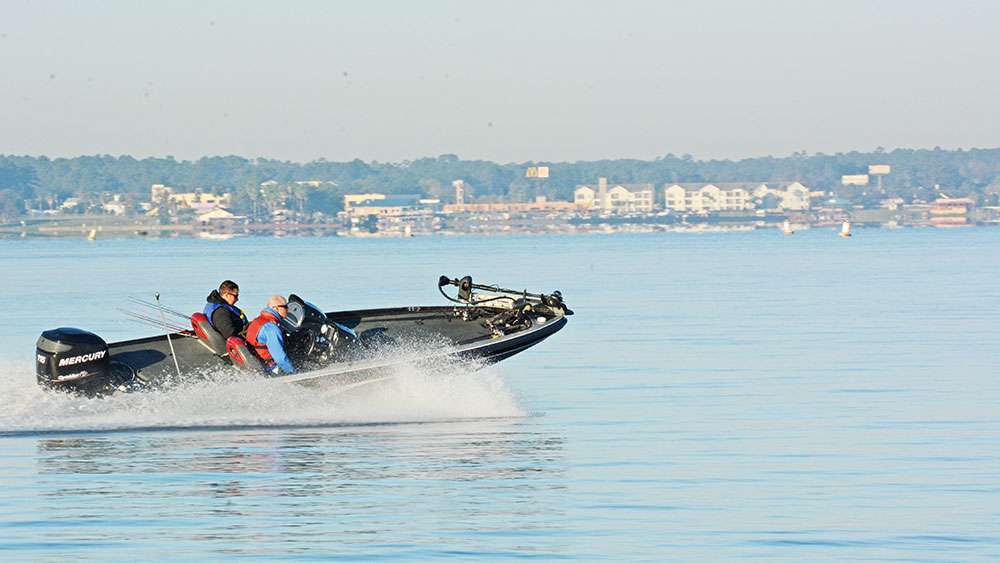
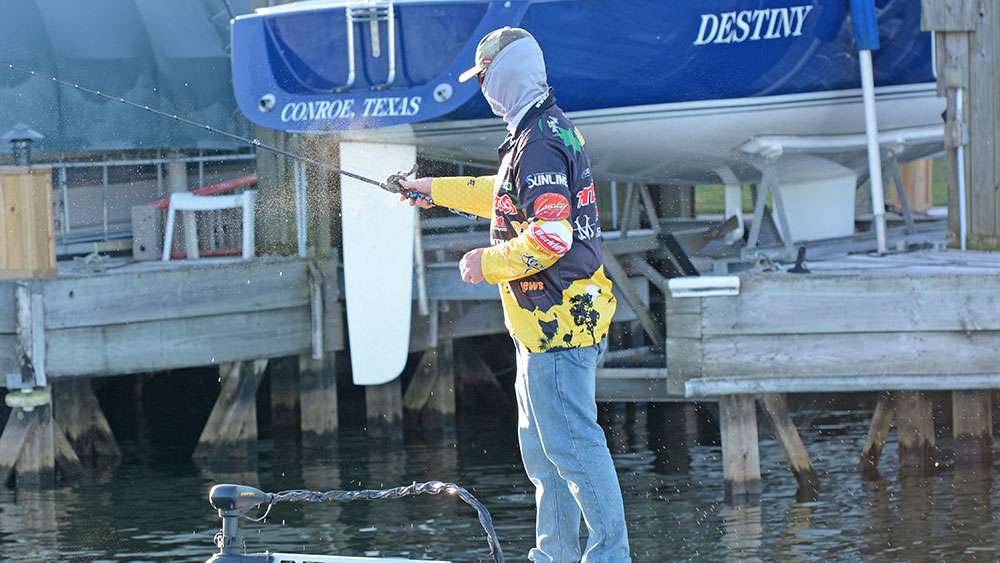
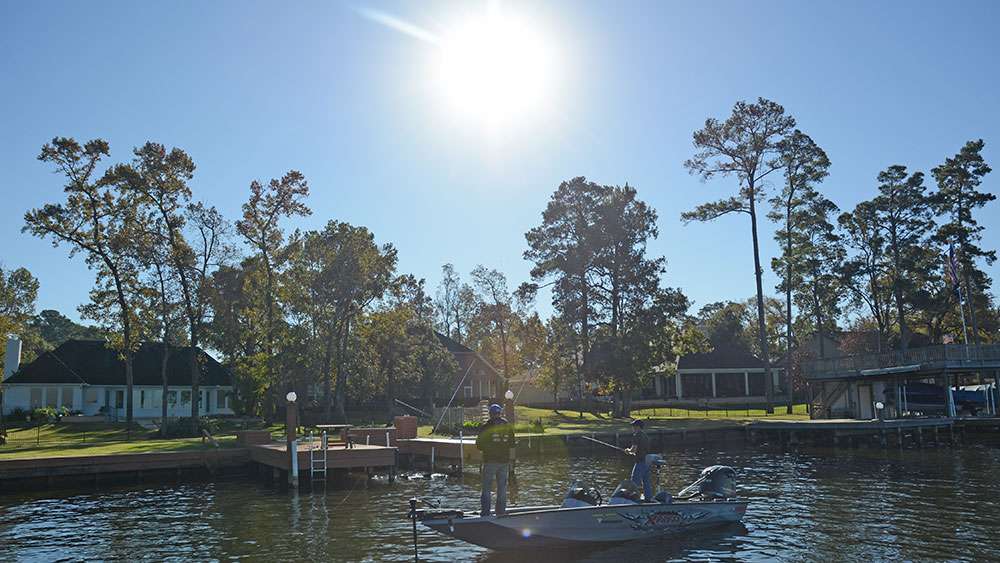
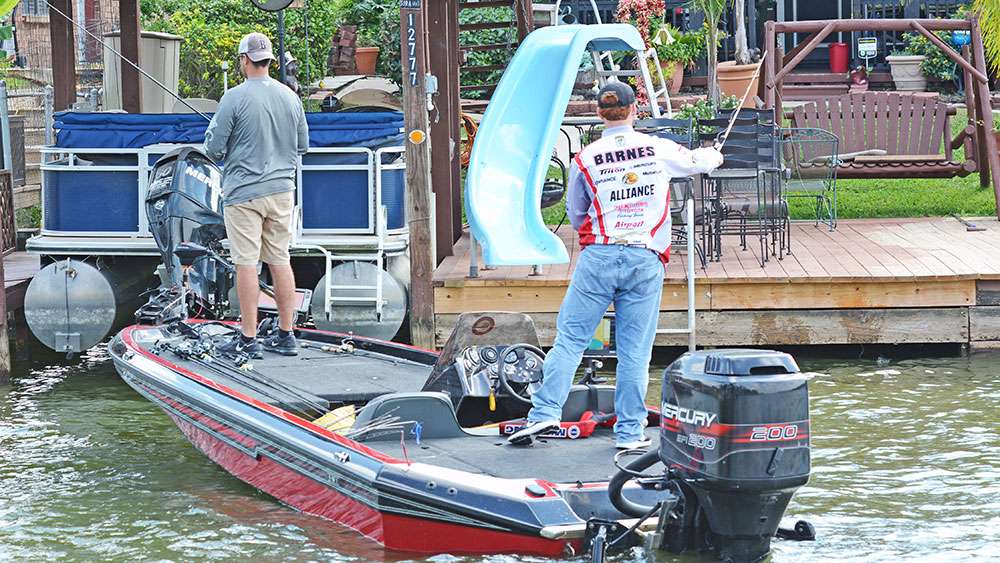
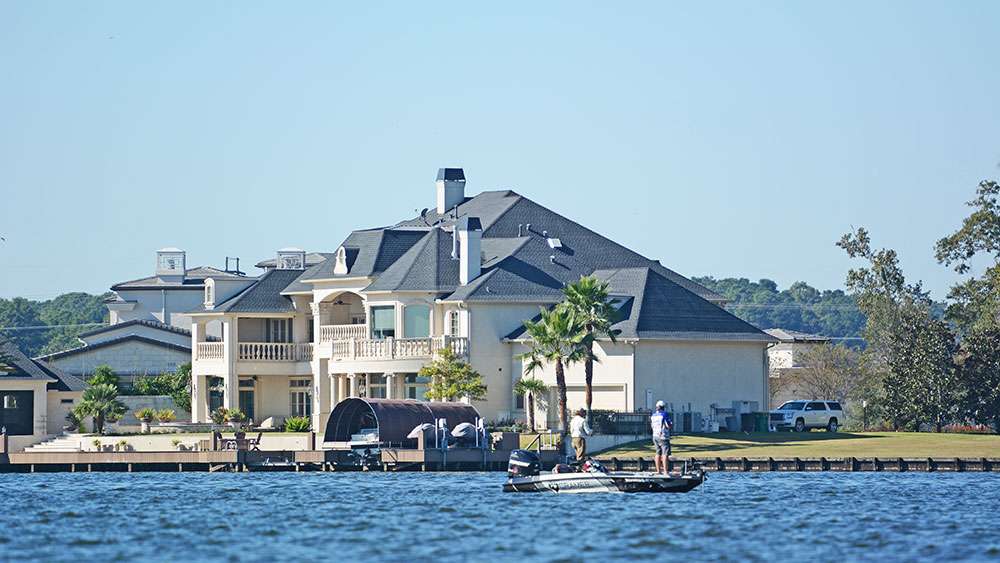
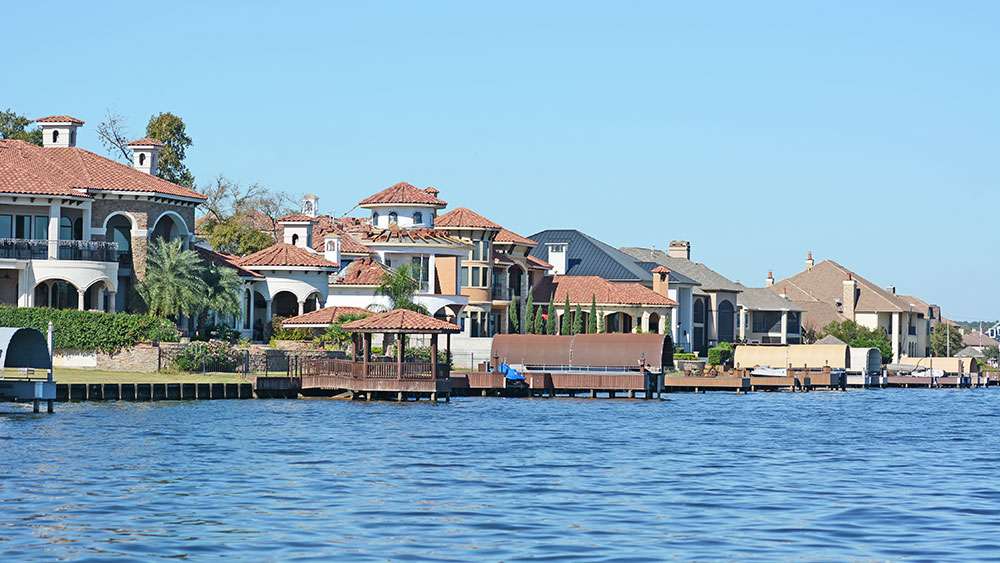
Big, deep draft boats â and sailboats with keels â are favorites of these dock owners. That means many of these docks are dredged so the boats fit. Think a subtle depth change that might hold big bass.
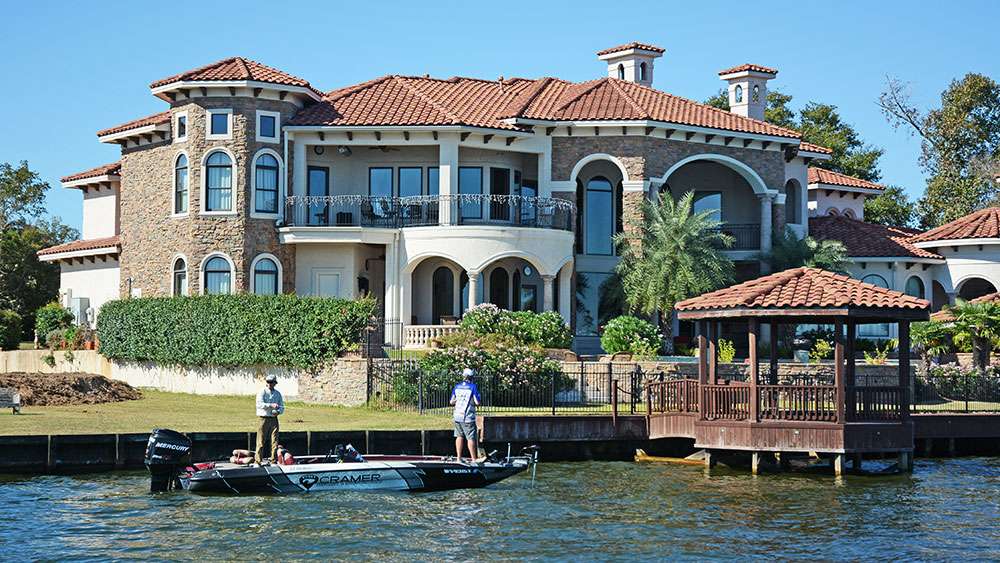
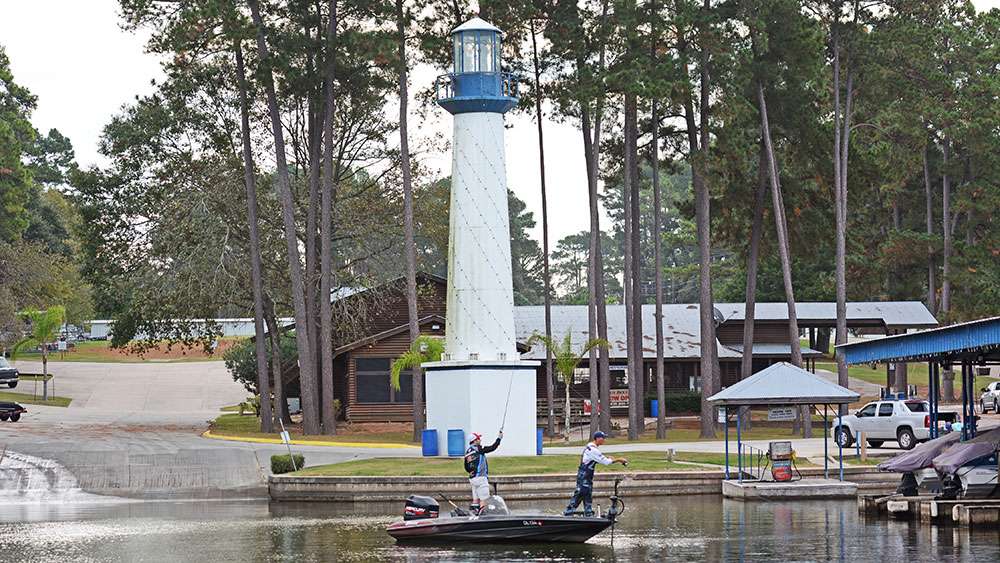
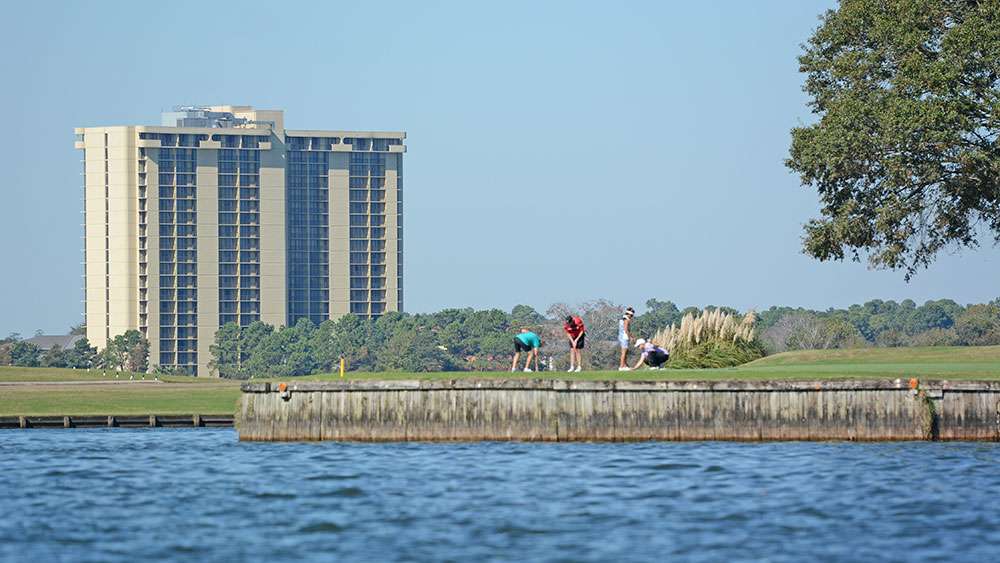
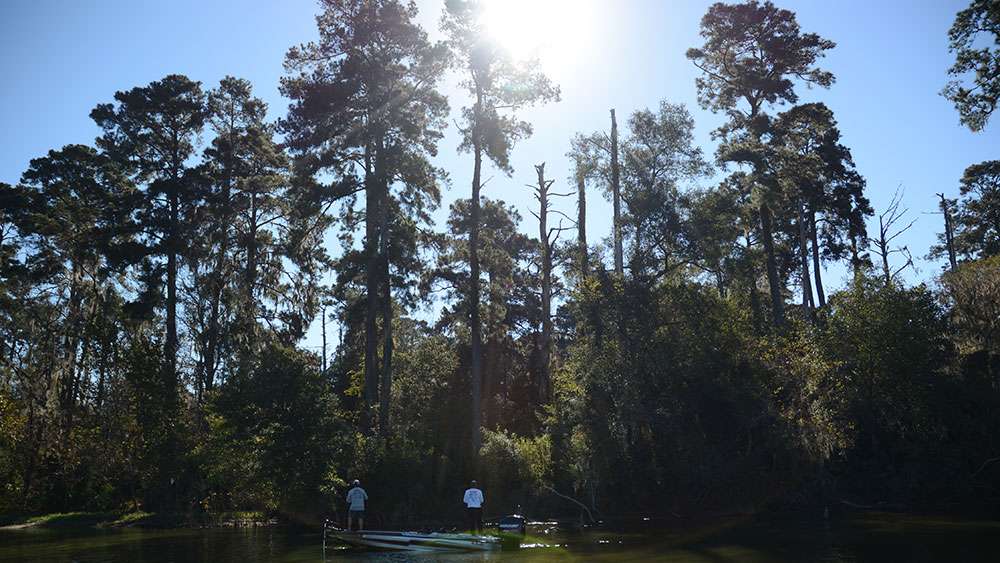
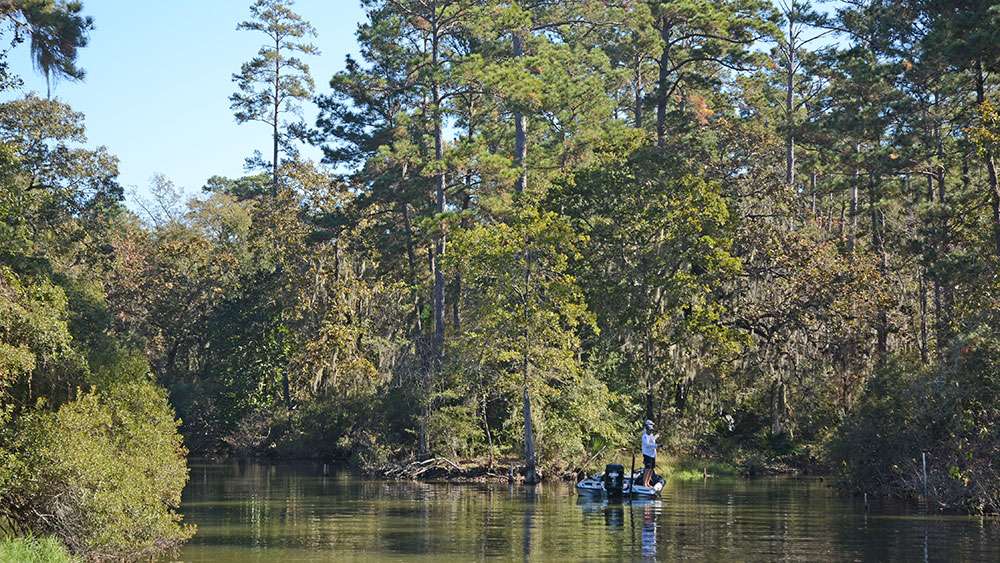
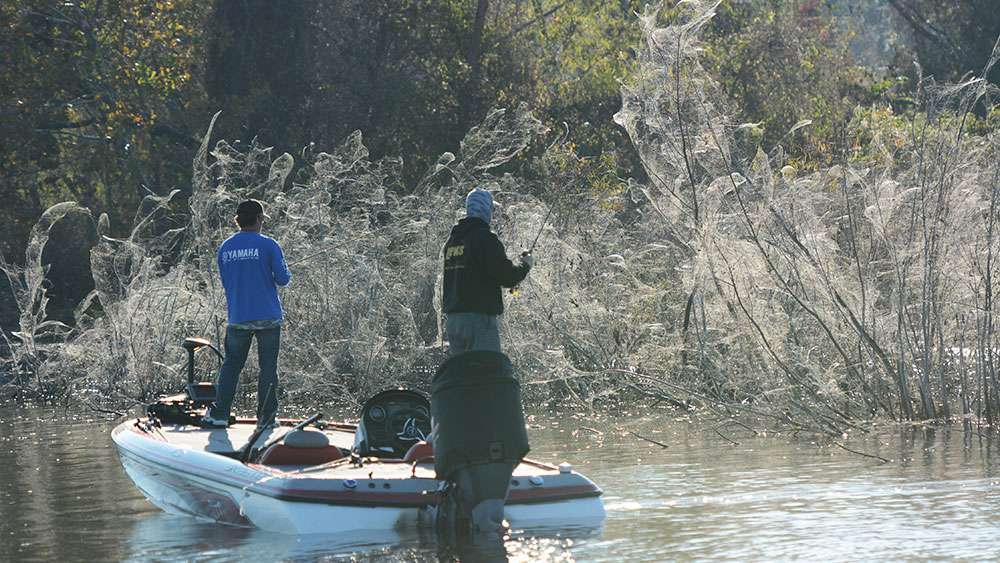
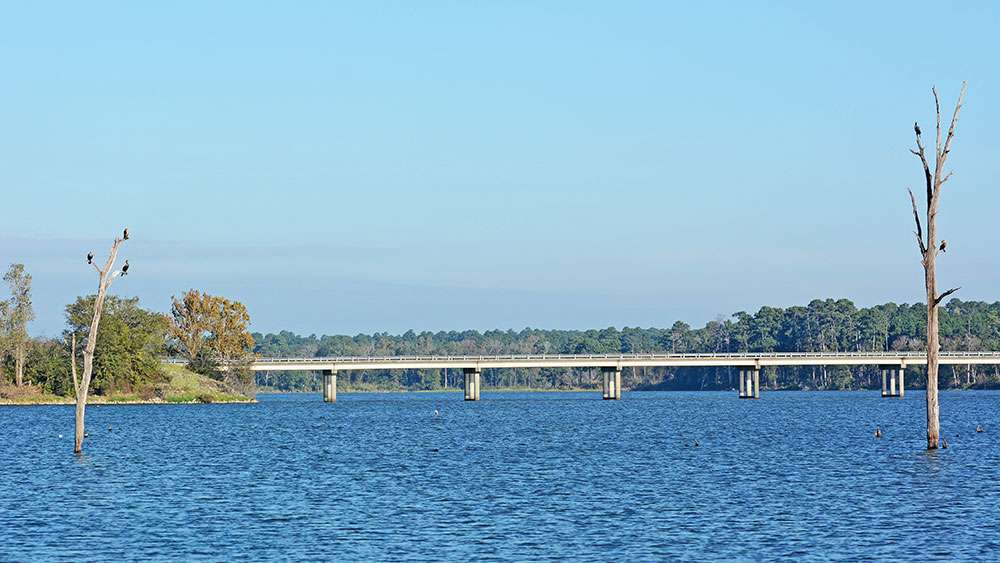
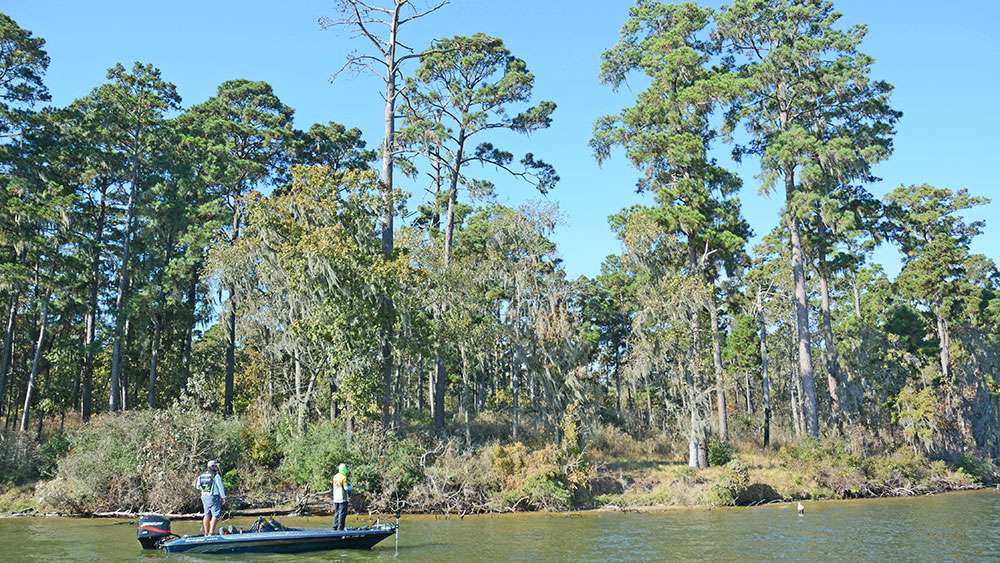
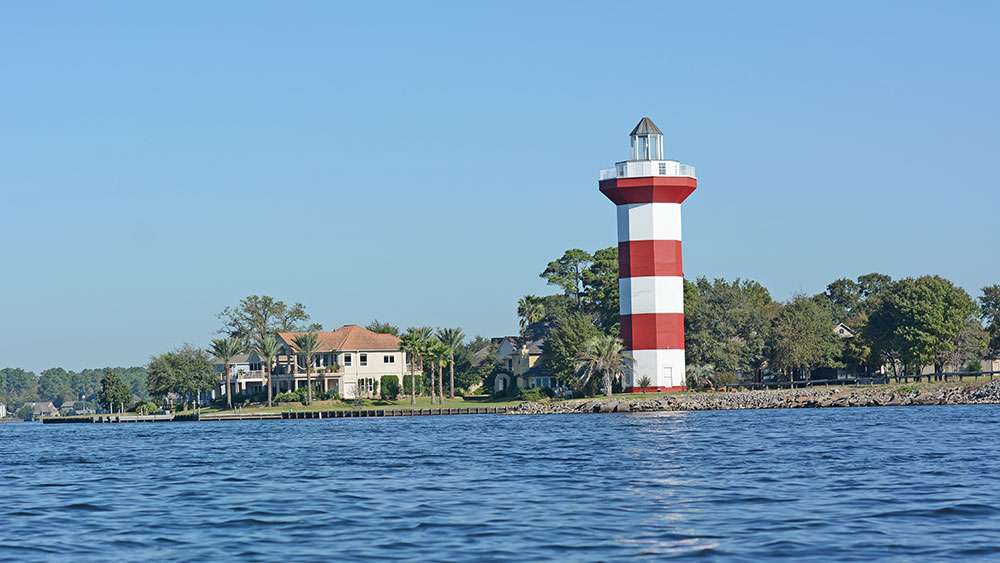

Please enter your details.
We cannot find an active B.A.S.S. Membership for the information you have provided. Please renew your membership here.We cannot find an active B.A.S.S. Membership for the information you have provided. Please try again.Scheduled maintenance. We'll be back shortly. If you continue to have trouble please contact customer service at 877-BASS-USA.















